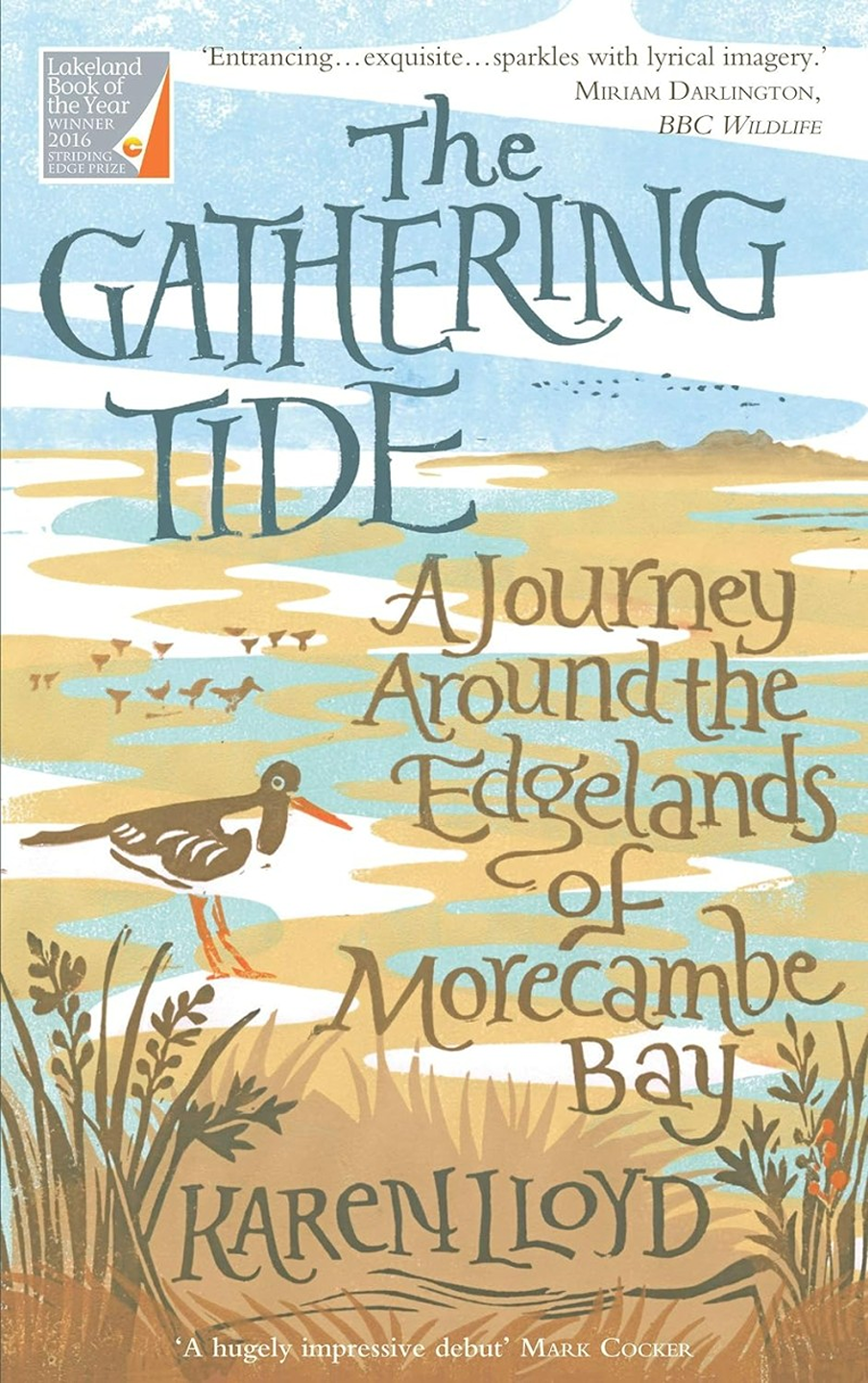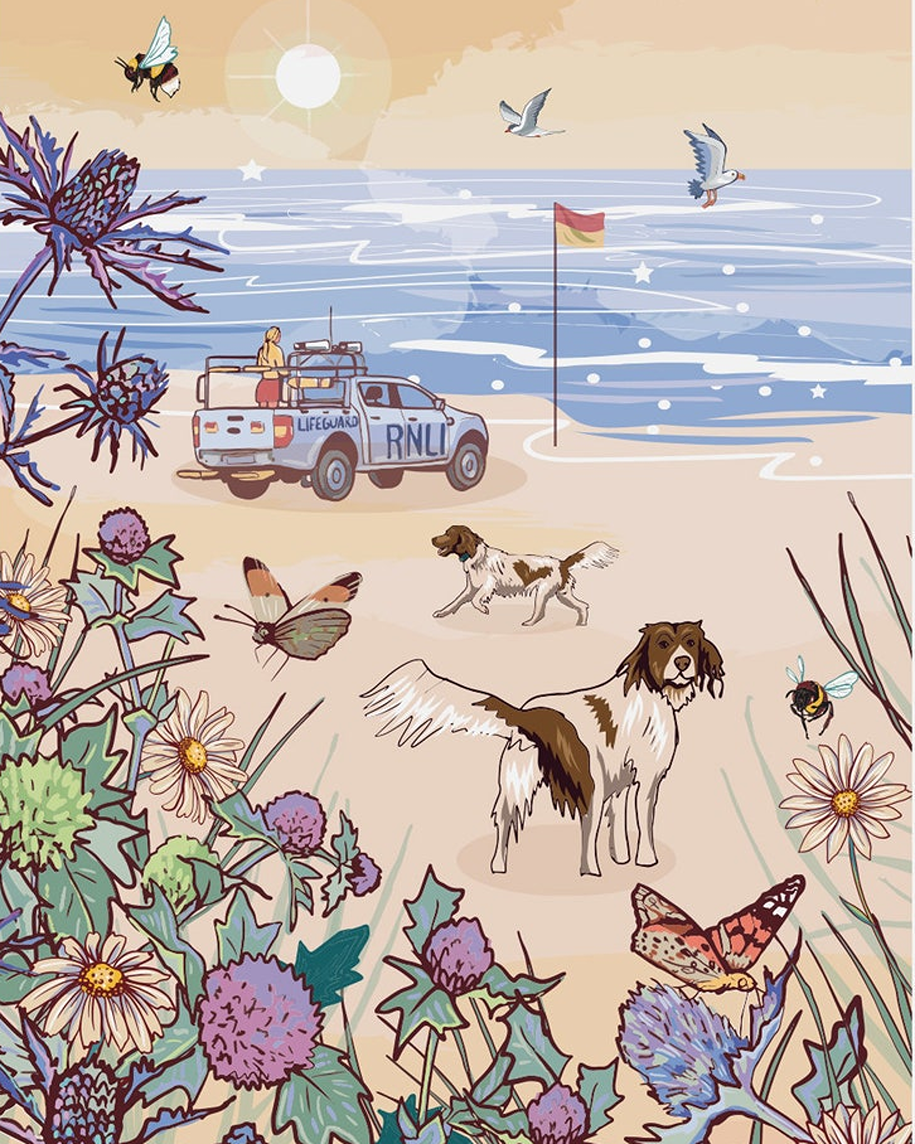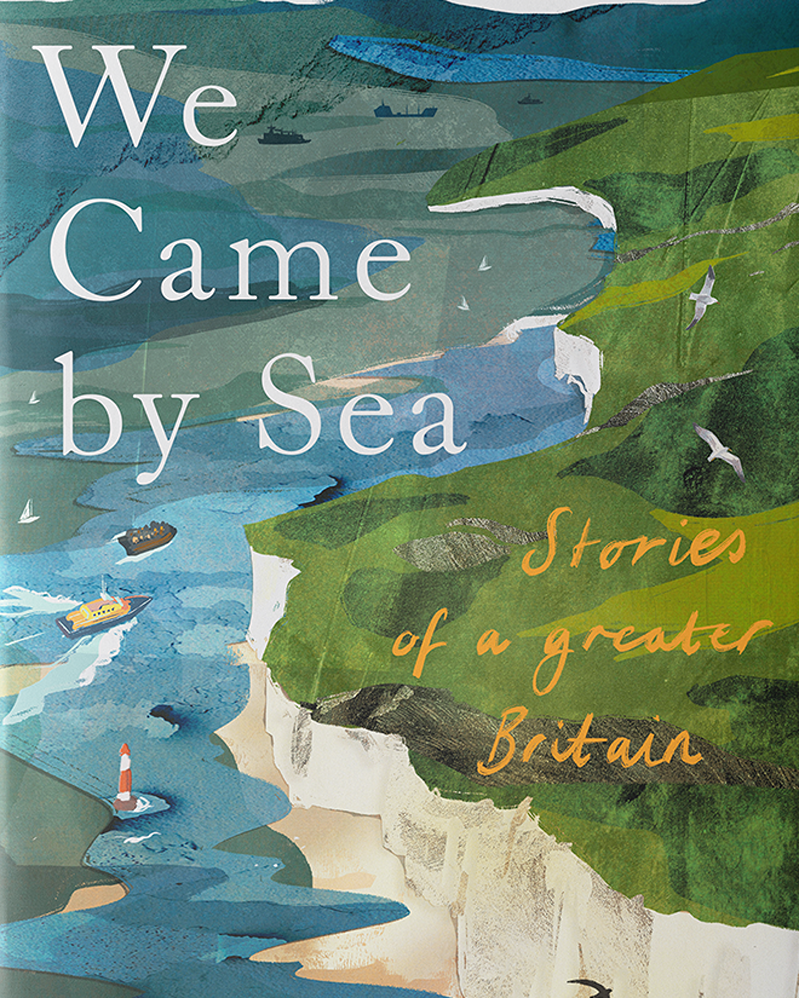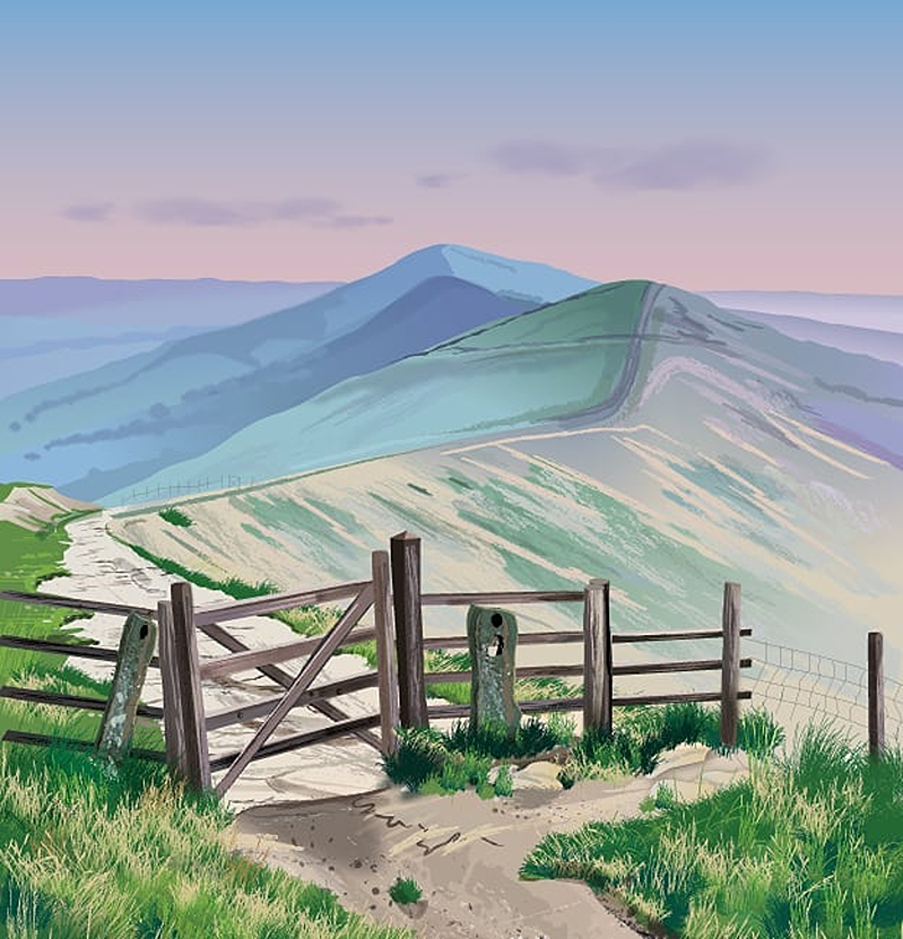Tidal Causeways and Quicksand (safety tips)

England has a few areas of both tidal causeways (where walks to islands disappear at high tide) and quicksand/sinking mud, which people and dogs need to avoid, when warning signs are given.
In emergencies, call the police or coastguard, and ensure phone is charged, before travel. Also read how to keep dogs safe by the seaside.
England’s Tidal Causeways
Check tide times (and any dog beach bans) before travel. Tidal causeways vanish as water comes in, cutting off safe routes back to land. Many coastguards are called out to people stranded (including in cars) when they have not realised just how fast the tide covers dry land.
Most tidal islands post tide times online or at car parks. Safe windows for walking or driveway don’t last long, so be to get accurate times for crossing. Some also advise not to cross in wind, rain or thick fog, even upstream rain can send water surging along rivers or across sand.
Popular causeways use poles or stones to show the way, so stick to these nearby markets, for safety.
Major Tidal causeways in England are:
- Burgh Island, Devon (top image) is off the South Devon coast, near the village of Bigbury-on-Sea. It only has a hotel (used in Agatha Christie period dramas) and a pub. At high tide, there is a unique sea tractor, to ferry guests to and from the island.
- Mersea Island (Essex) looks like a Caribbean island, but is just 9 miles south of Colchester! It connects to the mainland via the Strood, a causeway that floods at high tide. Like Norfolk and Suffolk, it’s famed for its pretty pastel-coloured beach huts.
- Lindsfarne (Northumberland) has a rapidly-rising tidal causeway, often covering the road in minutes. Local signs provide guidance, reminding travellers of the next tide.
- St. Michael’s Mount (Cornwall) is linked to the town of Marazion, managed by the National Trust. In 1755, a Lisbon earthquake caused a tsunami. The sea rose 6 feet in 10 minutes, rising and falling for 5 hours, causing loss of life and property.
No dogs are allowed on the island during warmer weather (due to lack of shady areas) and some dog beach restrictions apply.
Staying Safe Near Quicksand

Quicksand is a mix of sand, water and clay. It is trapped with enough water to look solid, but stepping on it loosens the sand into a soup-like slush, that can’t support weight.
Sinking mud is similar, but often covers salt flats or tidal zones and contains more clay or silt. It bubbles up around shoes or boots, and can turn firm ground soggy.
Both show up in areas with lots of water movement (estuaries, tidal rivers and salt marshes) as well as some coastal areas in England. Major quicksand areas include:
- Morecambe Bay (Cumbria/Lancashire) is notorious for unpredictable sands. The speed at which the sands flood with the tide adds to the danger. This is where a few years ago, the Chinese cockle pickers were swept to their deaths by a strong tide.
- Weston-super-Mare (Somerset) has dangerous mud near the waterline. Warning signs line the walkways, a constant reminder to stick to safe paths.
- The Broomway (Essex) is a tidal footpath from Wakering Stairs to Foulness Island. At high tide, the path disappears. Over 100 people have died when lost in fog and tide. It’s said to be almost inevitable to drown, if on the sands when the tide comes in.
- Horsey Island (a Nature Reserve) and Asparagus Island (Cornwall) have quicksand. Hidden creeks and tidal flats can catch out the unprepared. Locals often report seeing shoes, car tyres, and abandoned dog leads, hinting at hairy escapes.
How to Avoid and Escape from Quicksand
Most quicksand is only waist-deep and floats things that are less dense than water (that includes us). S o although frightening, don’t panic as this could exhaust you and make things worse.
Those most at risk are walkers and tourists who ignore warning signs, foragers and birdwatchers. Local teams are experienced in helping people who get stuck, the few tragedies are usually do to high tides and rough weather, not just quicksand itself.
To avoid getting stuck in quicksand:
- Stick to marked paths, and heed warning signs
- Don’t wander across tidal flats
- Pay attention to tide times
Quick sand looks watery or disturbed, and often appears as dark sand surrounded by slow-moving water, sometimes with ‘sucking sounds’. A stick or pole can test the ground ahead, but ideally don’t go near it.
How to Escape from Quicksand
- Stay calm, take slow breaths and focus on gentle movement.
- Try to sit or lean backways to spread your weight, so you are horizontal. Slowly wiggle your legs to create space and free your feet. Lay a walking pole or bag across the surface to help balance.
- Shout or wave to attract attention, and use your phone if you can.
- Once free, dry off and warm up quickly. Remove tight shoes or jewellery if swelling occurs, and call for medical help if you feel cold or ill.
![]()
If your smartphone can’t say your location, you can now buy a personal locator beacon. Keep phones in a waterproof pouch in isolated areas, ready to call 999 or 112 (coastguard) for help.
What if Dogs are Stuck in Quicksand?
- Avoid pushing or pulling, this could make dogs sink further.
- Have a passer-by stay on stable ground, while you slowly crawl with a rope or branch to reach the dog.
- Have the passer-by pull slowly on the rope, to help the dog float. Use a branch to distribute the dog’s weight.
- Create space around the dog’s legs, wiggling them side to side. This helps water seep in, to loosen grip.
- Call for help (999 will alert the Coastguard, and trained professionals with specialist equipment to help.






